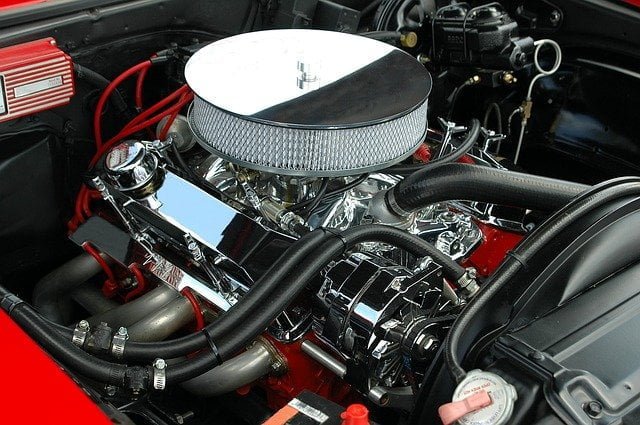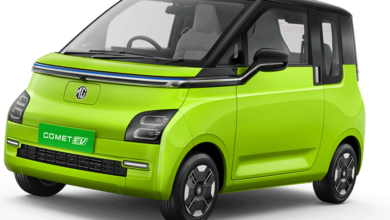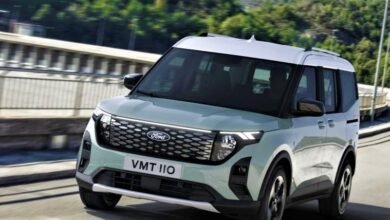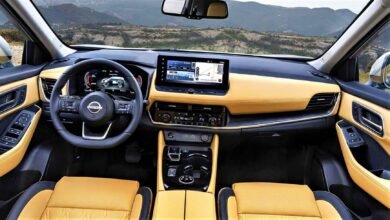
Types of car engines – all you need to know
Types of car engines – all you need to know
A car’s engine is locked under the hood, and it usually looks like a huge, confusing jumble of wires, tubes, and metal. This is why your car runs. After all, this is what converts all the energy into mechanical form, allowing your vehicle to run. Car engines come in a variety of ways, with different features, but for the same purpose of course. If you also own a car or are thinking of buying one, learning about the different types of car engines is a must.
Since different cars come with different engines, let’s explore more about how to identify these types of engines once you see them.
Types of Car Engines – The Basics
Here’s how to determine the type of motor for your car, just by looking at the cylinder layout.
1. Water
When looking at the engine from the front side, this arrangement will be like the alphabet “V”. Each cylinder will face outward and drive a common crankshaft at the base. Expect this type of engine in all those premium, high-performance cars, as it allows for more cylinders to be compressed. Also, the space taken up by the cylinders is quite compact compared to other engines.
2. Embedded
You will see all the cylinders arranged in a line. They will face the upward direction which is usually perpendicular to the vehicle. This type of engine configuration can be seen in a variety of small cars and hatchbacks. Simply arrange the cylinder in these engines.
3. Straight
Looking at the arrangement of the cylinders in this engine, you will notice that the position is carried out parallel to the car. All those premium cars like BMW use this type of car engine with this cylinder position.
4. VR and W.
Developed by the Volkswagen Group, it uses the exact same principle for all V-engines. The cylinders of the VR and W engine have a very narrow space between them. And the space is so narrow that these cylinders are similar to each other in one block. Basically, the W configuration joins two banks of VR engines. Manufacturers rarely use this engine and configuration in any of the modern cars. Cars like the Bentley Mulsanne use it though.
5. Boxer
Then comes the boxer called Flat. These horizontally opposed engines use cylinders that are simply placed on their side in two banks. But the two cylinders are not facing each other, in fact, they are placed far from each other. Well, this allows gravity to stay at a low level, which simply increases the handling benefit. Do you want to know which cars actually use this design in their cars? Well, brands like Porsche use this type of cylinder arrangement in their cars.
6. Rotary
Also known as a Wankel engine, a rotary is an engine without pistons. In this engine, rotors are used instead of pistons. The rotary motor is designed compact and small; In addition, it has a rectangular curved interior. The central rotor of this engine rotates in only one direction, efficiently producing all four OTTO strokes including intake, compression, power and exhaust when it is running.
Today there are a limited number of cars that have a rotary engine design. You can find a rotary engine on the Mazda RX-8 and its predecessor – the Mazda RX – and models. The rotary motor is not popular due to design limitations causing low torque levels.
These are some of the types of cylinder arrangement in different cars, which can help you determine the correct engines installed inside. Yes, they all require different types of maintenance as well, which you can even discuss with the professional mechanic at or near you.
Besides, cylinders generally come in different configurations, which can range from double cylinder, three cylinder, four cylinder, five cylinder, and can extend to six to eight engines and even ten cylinders as well. These types of car engines are some of the common types of engines used to power a car these days.
Now, let’s read how these two types of motors actually work.
Definition of an external engine and an internal combustion engine
1. External combustion engine or EC engine
This type of engine allows the combustion of fuel outside the engine. Heat is generated by the combustion of fuel, which turns water or other liquids into steam. Once this high pressure steam is formed, it causes the turbine to spin. In this type of engine, the fuel can be anything, whether it is solid or liquid even gas. You may see these engines running in ships, driving a locomotive, and even in places where electric power is being generated.
There are certain advantages to using this engine including the use of cheaper fuel with solid fuel, more flexibility, and higher torque.
2. Internal combustion engine or IC engine
The engine in which the fuel is combusted inside the engine is the internal combustion engine. High pressure and temperature are generated inside the engine cylinder with fuel combustion. Then this high pressure is exerted on the piston responsible for turning the wheels. When your car’s engine type is like this, we only use highly volatile fuels such as diesel and gasoline along with gases. You may find these types of car engines used in places where electric power is used and in the automotive industries as well.
When calculating its benefits, this engine has a generally higher efficiency compared to an external combustion engine. Besides, this engine is quite compact and takes up relatively less space. Even the initial cost is lower and you’ll be able to easily start this engine on those cold days, as it only uses highly volatile fuel. There are a number of sources online, where you can find simple yet effective ways to increase engine power as well. After all, it is better if you update yourself with the previous method about the problem that may occur in the future.
So, now you know different types of car engines, right? Next time, you won’t be clueless when someone asks you what kinds of car engines are, right?




One Comment